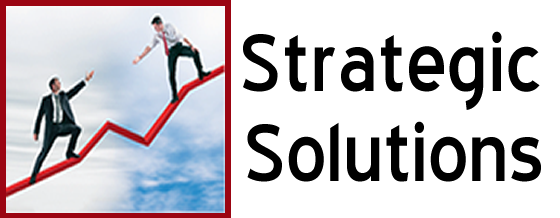How Being Vulnerable Creates Strong Leaders
As children, we believed our superheroes were invulnerable.
As adults, we think our leaders are. Made of steel. Larger than life. Superheroes that can do no wrong. But these are just perceptions, and not reality.
Our superheroes were vulnerable. They had flaws:
- Superman’s powers were no match for kryptonite, which rendered him a mere mortal (to varying degrees),
- Batman brooded a lot,
- Iron Man was an alcoholic womanizer.
So why did we care? We didn’t relate to their super powers. We related to the people underneath the cloaks and costumes. Defective humans, who in times of crisis harnessed extraordinary strengths within themselves, to overcome enemies, and triumph over evil for the benefit of all.
We liked to believe we could do that too.
Everyday leaders do that. But unlike our superheroes, they don’t hide their imperfections under magic cloaks and costumes. They admit they’re vulnerable. In fact, for many, it ranks among their greatest assets. They tell the truth, and admit they were wrong, or made an error in judgment. After all, fallibility is part of the human condition, and good people make mistakes. We do too.
Admission makes them appear more genuine, believable, and strong. We admire their honesty. We trust them more and as a consequence, they influence us more.
People have told me they’re afraid to let their vulnerabilities show. They don’t want to appear weak.
I see it more as a confidence issue. When we’re confident enough in our own skins to not only accept our imperfections, but look beyond them, we see they’re simply opportunities in disguise. Weakness then, becomes strength. It does not mean, you’re letting your warts show, or taking the skeletons out of your closet.
Simon Sinek puts it in a nutshell. He said:
“There is a difference between vulnerability and telling people everything about yourself. Vulnerability is a feeling. Telling everyone about yourself is just facts and details.”
How can we practice being vulnerable in ways that grow our influence and leadership? Start with these 7 steps:
- Mingle more. Knock down the idea that leaders must separate themselves from those they lead, roll up your shirt sleeves and participate. Ask how you can help. You may learn something you didn’t know.
- Give up the idea that you need to have all the answers. Don’t be afraid to say ,’I don’t know, ’or, ‘What do you think”? It demonstrates that you’re open to new ideas, sparks creativity and openness.
- Listen more. You don’t need to lead every conversation.
- Don’t tell. Ask. Let others feel welcome in your world.
- When you’re wrong admit it. Nothing’s a failure; everything’s a lesson learned. Share what you learned.
- Solicit feedback. Don’t be afraid of critiques or suggestions. Respond honestly and graciously. Humans aren’t right all the time.
- Be flexible. Just because you said something doesn’t mean it’s carved in stone. It’s ok to change your mind – and explain why.
“There can be no vulnerability without risk; there can be no community without vulnerability; there can be no peace, and ultimately no life, without community.”
– M. Scott Peck
